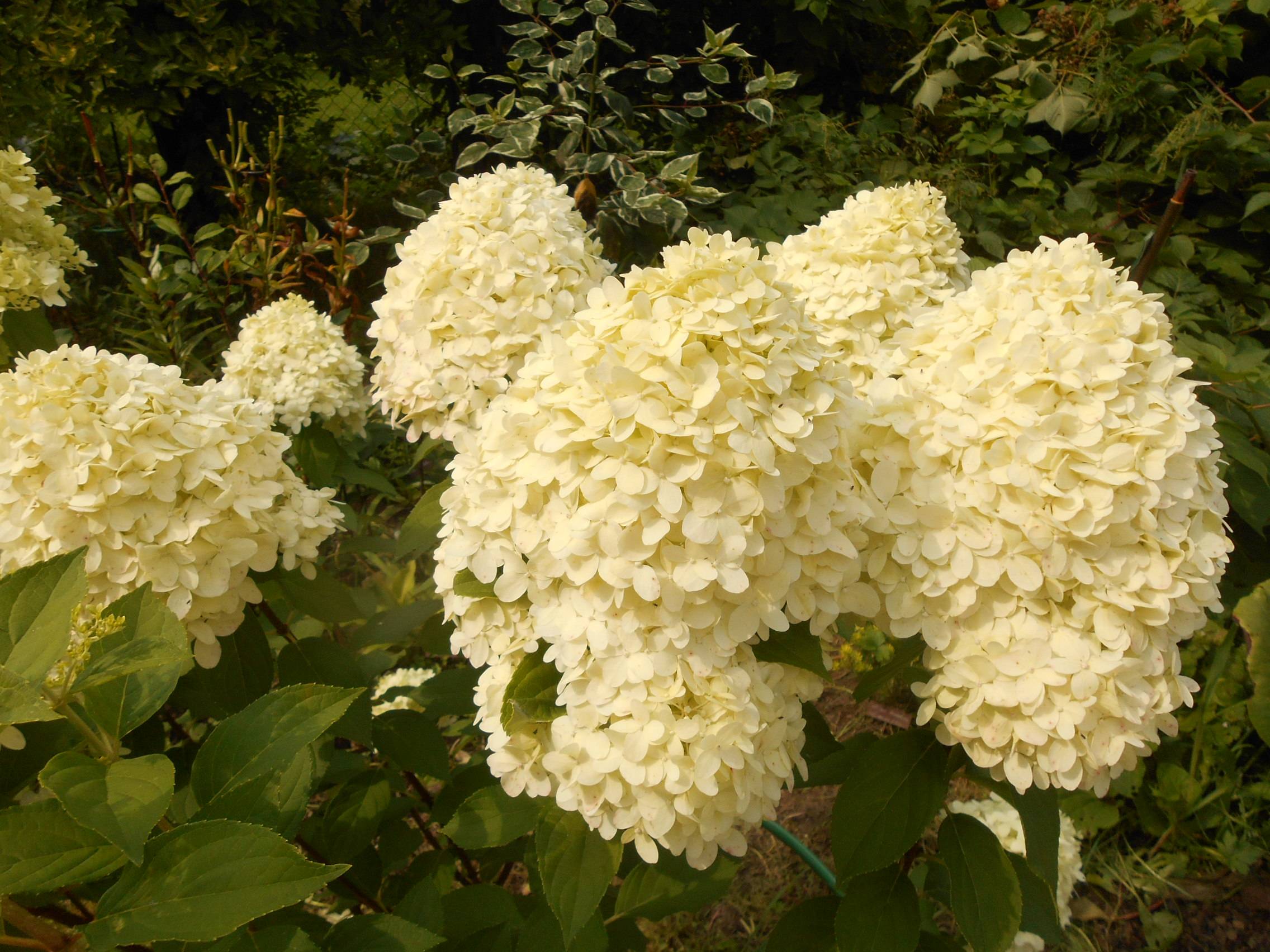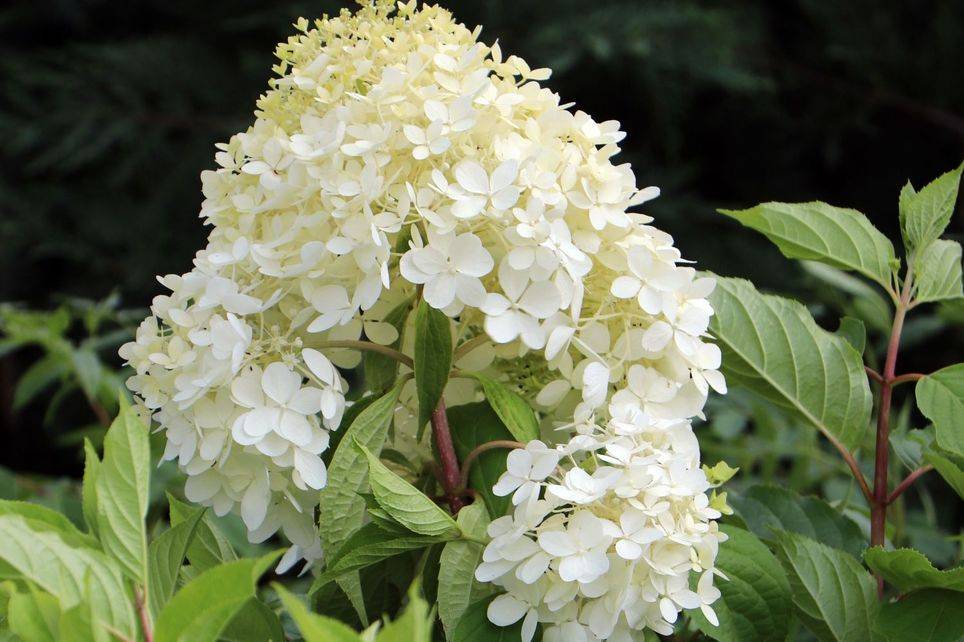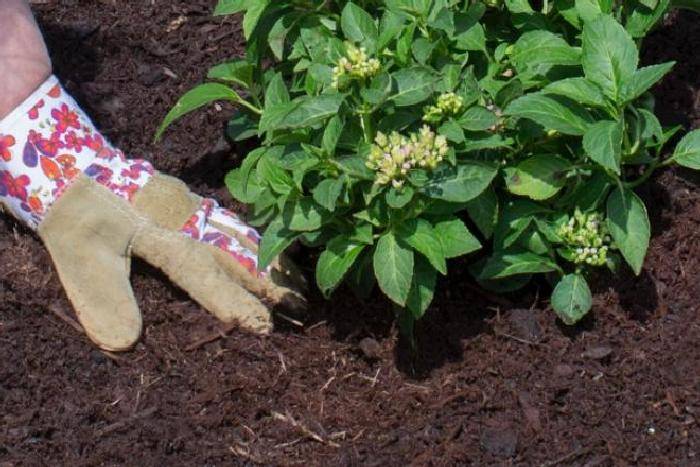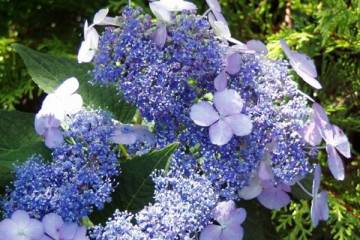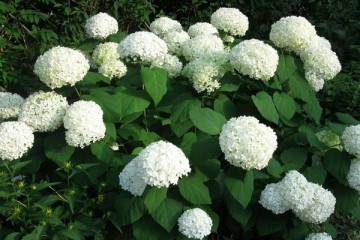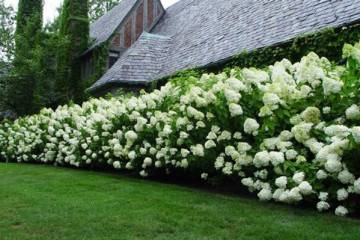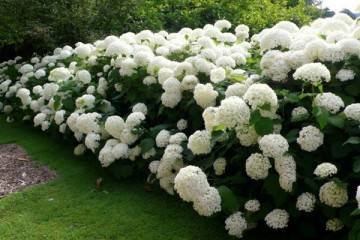Hydrangea Cotton Cream - description, planting and care
Content:
Today the Hortensiev family numbers about 300 representatives, of which 260 species and 17 genera. All plants are conventionally divided into two more large groups: shrub and liana. Hydrangea paniculata Cotton Cream (Hydrangea Paniculata) is a novelty presented to the public several years ago.
Description of the variety of hydrangea Cotton Cream and its characteristics
The homeland of the Cotton Cream variety is considered to be East Asia and the southern regions of the United States. This hydrangea is formed in the form of a compact bush no more than 1 m high. The duration of flowering is observed from the second half of June to October. Flowers are characterized by a rounded shape, they are grouped into spherical inflorescences.
The frost resistance indicators are excellent; without shelter, the plant can withstand temperatures down to -35 ° C.
Planting and further care
Planting a decorative culture does not cause difficulties for flower growers. First of all, it is necessary to dig a hole with dimensions of 30 × 30 × 45 cm.At the bottom, a drainage layer should be organized from moss, pebbles and expanded clay, after which it should be covered with earth, which contains humus, turf soil and peat in equal quantities.
In the end, it remains to lower the hydrangea seedling into the hole, carefully distribute the root system, bury it and tamp it a little. In the end, it will remain to mulch the periosteal circle and pour it with warm water.
You need to cut the hydrangea in the spring even before the buds begin to swell. Old branches should be removed at ground level.
Reproduction
The most common breeding method is cuttings. One-year-old young branches are cut, trying to make the most even cut. For several hours, the planting material is immersed in a growth stimulator, after which it is dropped by 2/3 into a previously prepared soil mixture.
Additionally, it is recommended to create a greenhouse effect to maintain optimal temperature conditions. For this, a container with hydrangea seedlings is covered with transparent polyethylene fiber or glass.
Diseases and pests: means of combating them
The overall health of the plant is strong. However, under unfavorable conditions, both diseases and pests can still attack it. Most often, flower growers have to deal with fungal diseases such as rust, powdery mildew, septoria, fusarium, gray and white rot. Diseases are treated with fungicidal preparations.
Use in landscape design
Due to its excellent decorative qualities, hydrangea looks great for single and group plantings. Landscape designers use Cotton Cream hydrangea to decorate flower beds and create hedges.
During the period of its lush flowering, the Cotton Cream hydrangea is able to decorate any summer cottage or garden plot. The main thing is to plant the seedling correctly and provide it with decent care.
